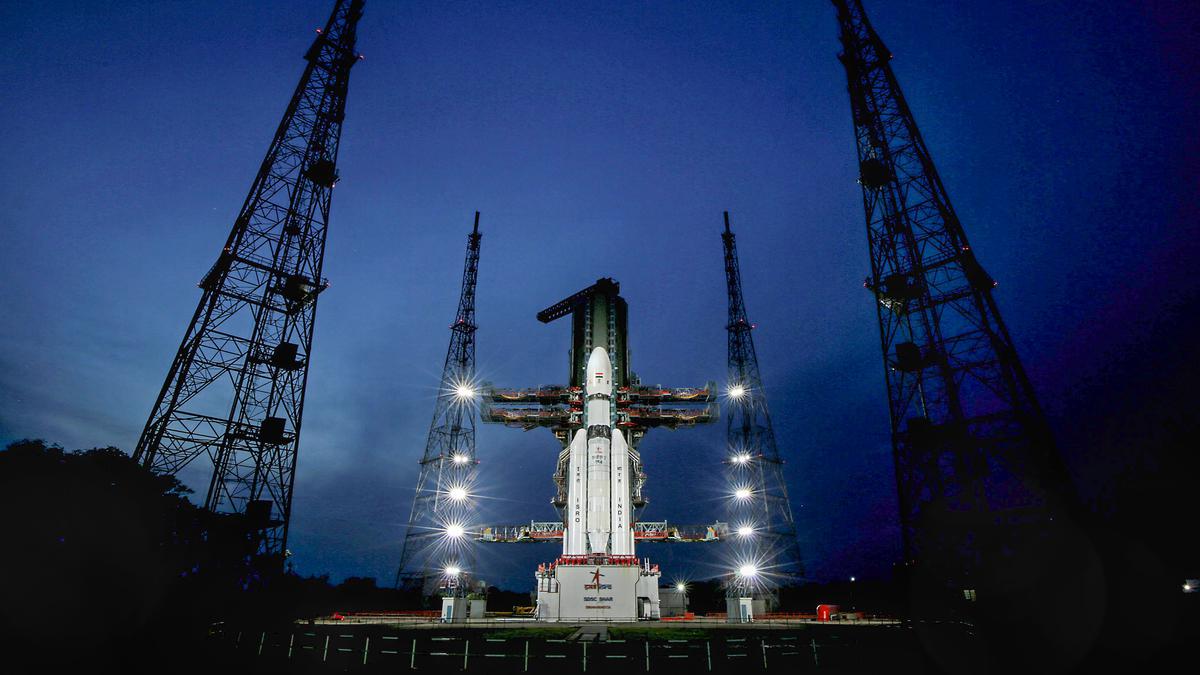
Chandrayaan-3 | What it takes to soft-land on the moon
The Hindu
India will once more attempt the extremely challenging lunar soft-landing with its Chandrayaan-3 mission. Here’s how it will unfold, and what can go wrong.
On July 14, India is set to revisit the moon after four years. India will try to do what only three nations have accomplished, and what it tried and failed to do in 2019: soft-land a lander on the moon. Everything that comes after — lander experiments and rover deployment — hinges on whether lander Vikram touches down safely on the moon. Here’s a look at the lander, the mission’s timeline and the challenges the moon will throw at Vikram as it begins the landing.
The Chandrayaan-3 mission spacecraft will have three modules — orbiter, lander, and rover. The propulsion module is the one that will take the lander and the rover to the moon. This module does not land on the moon and instead settles on a parking orbit of 100 km x 100 km around the moon. The lander and rover, on the other hand, will separate from the propulsion module to land on the moon.
The lander module contains the rover. After the touchdown, the lander will remain stationary at the landing site, while the rover will explore the moon.
The lander is equipped with advanced technology to ensure proper soft landing. This includes altimeters to measure altitude, velocimeters to measure velocity, and cameras for hazard detection and avoidance. A new laser sensor — Laser Doppler Velocity Meter — has been added to better judge the lunar terrain before landing.
Chandryaan-3’s path will be similar to that of Chandrayaan-2. It will consist of three stages — Earth orbit manoeuvres, Trans-lunar injection, and Lunar orbit manoeuvres. After these stages have been completed, the lander separates from the propulsion module, enters an orbit closer to the moon and begins soft-landing.
Chandrayaan-3 will make five orbit manoeuvres around the Earth, each time increasing the distance it swings away from the Earth. Then, after it completes the fifth manoeuvre, it begins to move towards the moon. This phase is the Trans Lunar Injection phase.
Similar to the orbit manoeuvres around the Earth, the module orbits the moon four times, each time coming closer. Eventually, it will reach a circular orbit of 100 km x 100 km. Here, the lander separates from the propulsion module, and alters its orbit so it comes as close as 30 km to the moon. Then, the lander commences soft-landing procedures.





















 Run 3 Space | Play Space Running Game
Run 3 Space | Play Space Running Game Traffic Jam 3D | Online Racing Game
Traffic Jam 3D | Online Racing Game Duck Hunt | Play Old Classic Game
Duck Hunt | Play Old Classic Game











